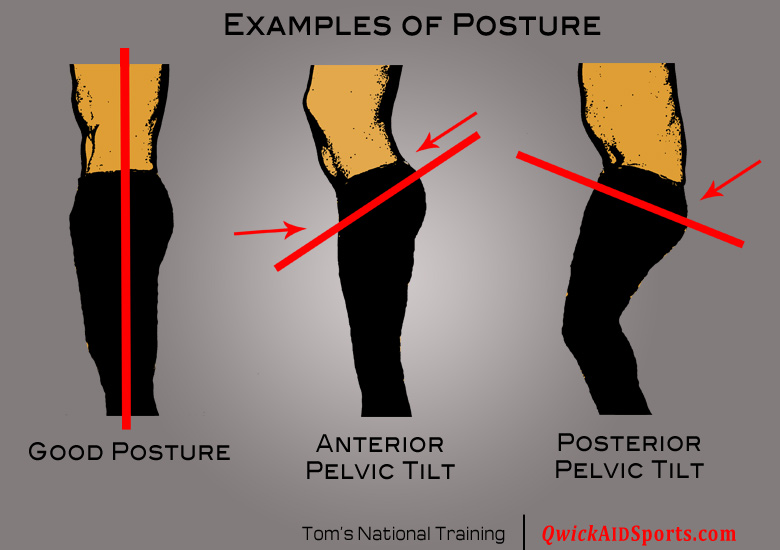Why Do I Have Back Pain?
Low back pain is probably the most commonly heard complaint from patients. It is very easy to blame the area where you feel pain as the culprit, but it is not always the case. Oftentimes, low back pain is a result of dysfunctional movement patterns. Lower Crossed Syndrome (LCS) is characterized by excessive tightness in the hip flexors and hamstrings leading to the deactivation of both the core and glutes.
When the core and glutes no longer stabilize the pelvis, it causes the pelvis to become anteriorly tilted (tilted forward). As the front of your pelvis tilts anteriorly, the back side of the pelvis is elevated, leading to pressure in the sacroiliac joint and lower lumbar vertebrae.
LCS is quite common in the majority of our population because of the positions we put ourselves in on a daily basis. On average, Americans spend roughly 9 hours a day in a seated position. For others who have long commutes and longer work hours this number can be substantially higher. Sitting in front of a computer, driving a car, and slouching in chairs all can contribute to LCS.
While remaining seated for extended periods of time at work, driving, etc. our muscles are taught to remain in a shortened position which causes the pelvis to tilt anteriorly. The more the pelvis tilts forward, the more stress is put on the structures of the lower back.
Stand Up Out of Low Back Pain
You’re probably thinking, “I have to sit at work in front of a computer and drive an hour to and from work 5 days a week. How can I get myself out of this pain?”
Don’t worry, there’s hope!
One very simple solution is to convert your desk at work to a standing desk. Instead of sitting for hours on end and getting up to stretch once every few hours, you can stand the majority of the day and take brief breaks in a seated position. This simple adjustment will keep your hip flexors in a stretched position, as opposed to a shortened one, enabling the pelvis to get closer to a neutral (flat) position.
After removing positions which contribute to LCS, the next step is to correct your dysfunctional movement patterns. The Functional Movement Screen (FMS) is a screening process that looks at seven basic fundamental movement patterns and highlights those which are occurring under dysfunctional conditions.
Once identified, the application of corrective exercise and additional functional training can be implemented to correct those patterns. As our movements return to their original functional patterns, the stability of our joints increases and removes additional stresses on structures such as the low back.

If you regularly complain about low back pain and you’re unsure of its cause, take a look at your hips from the side and see if your pelvis is in a neutral, anterior, or posteriorly tilted position. If it is not in the neutral position, it’s time to find a movement specialist to run you through the FMS. You will be pleasantly impressed with the results and the relief you will receive by following the steps highlighted in this article.
If you are in the Orange County or San Diego area, feel free to contact me for a Functional Movement Screen and a personalized functional training program at CAP Alternative Therapy or Athlete’s Choice Rancho Santa Margarita.
For more information on the FMS check out http://www.functionalmovement.com/
Tommy Del Favero
MS, FMS L2, TPI L3



